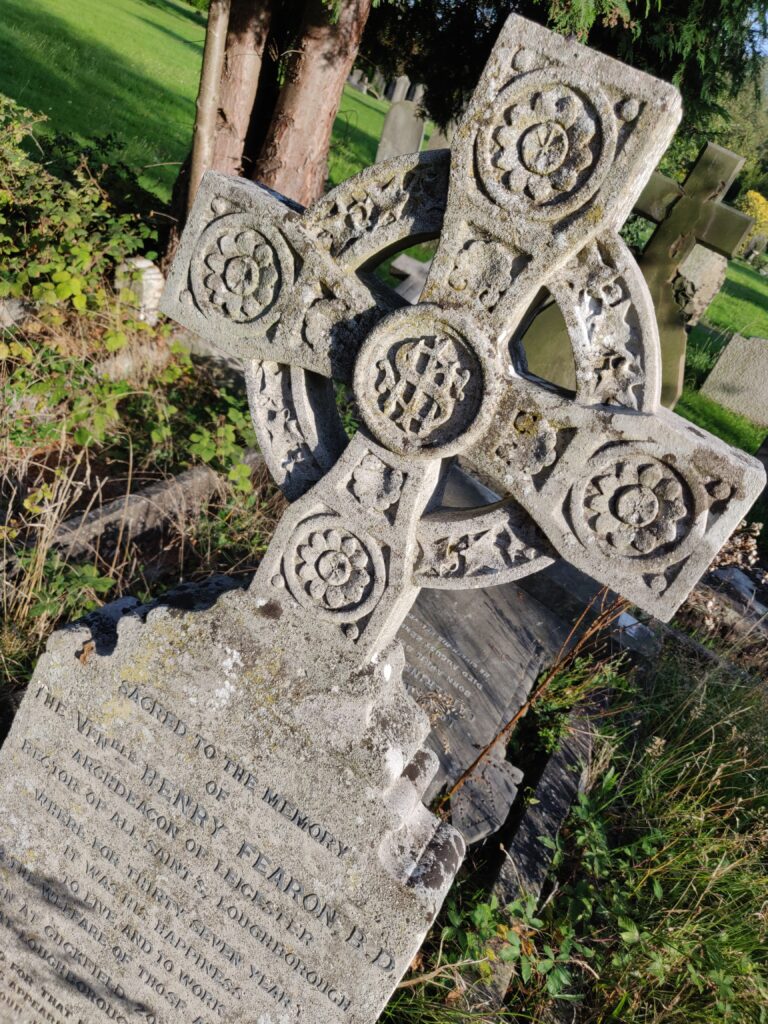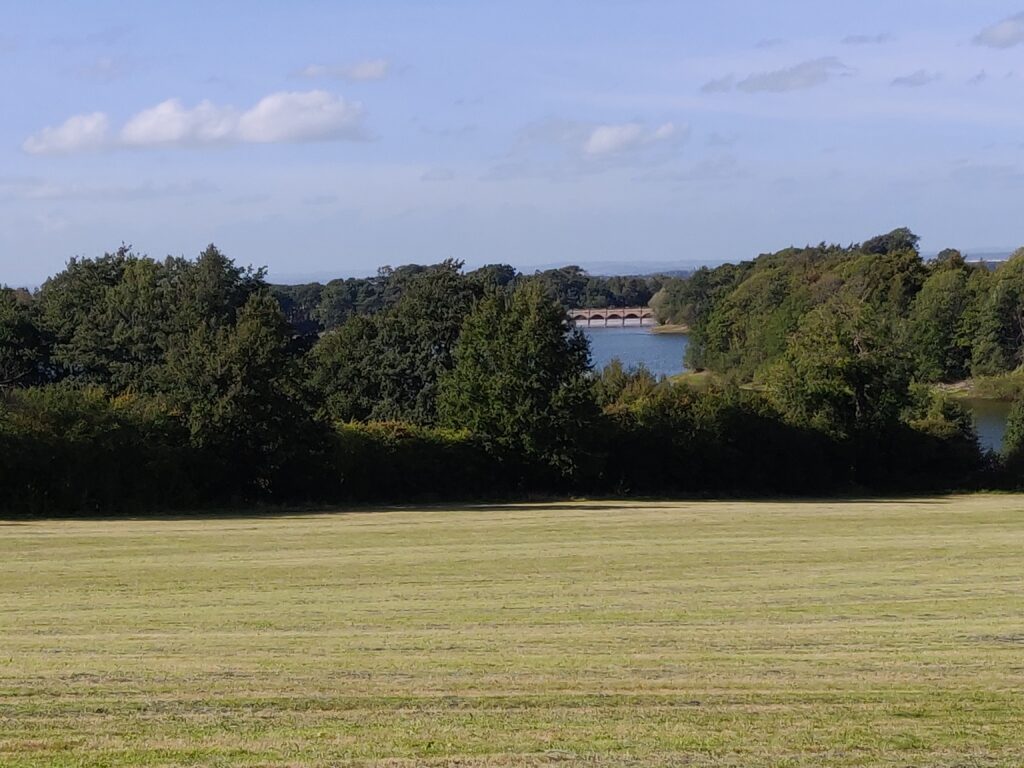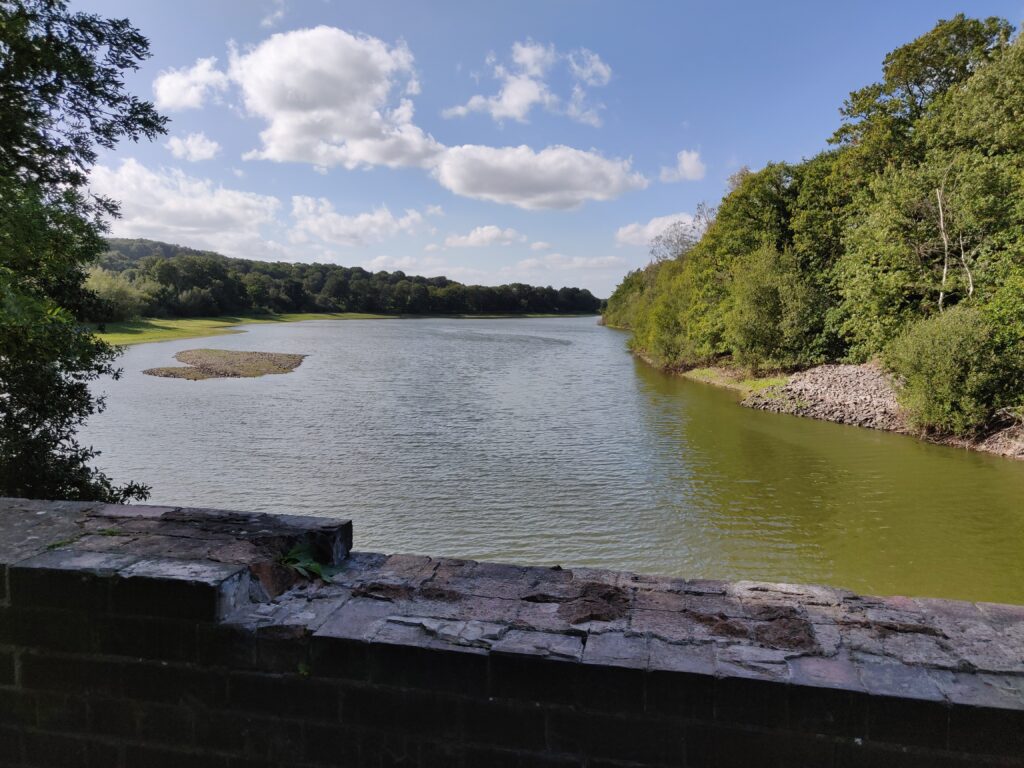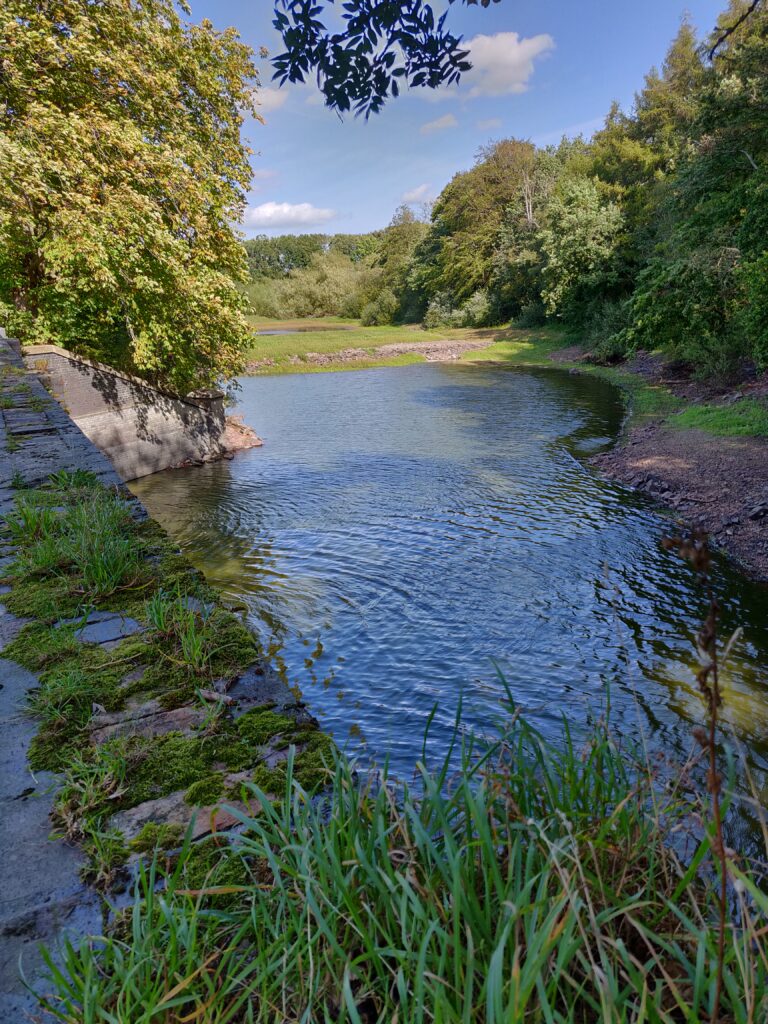To build or not to build … Blackbrook Reservoir
13 September 2020
Nanpantan Reservoir was completed in 1870, to much celebration.
As well as providing filtered water to Loughborough’s inhabitants, one bonus of the new reservoir was that for the most part, it eased the regular flooding of the town and made a huge difference to areas such as the Rushes and the streets around the Tatmarsh, which had frequently been under water when it rained.
A negative was that almost from its beginning, the reservoir was woefully inadequate to supply the needs of the growing town.
In his report in 1849, General Health Board inspector William Lee had recommended an extension to the reservoir on the Blackbrook out near Thringstone, built in 1796 to feed the Charnwood Forest Canal that became redundant with the arrival of the Charnwood Forest Railway. In 1866, Henry Fearon and friends’ limited liability company had again looked at this site, judging that a reservoir there would hold 75 million gallons of water. The Local Board had chosen Nanpantan instead, using the Wood Brook as the source of water.
In 1879, aware of the need for an additional supply, the Local Board offered to buy the rights to the Blackbrook from local landowners the de Lisles. A provisional deal was agreed and then mothballed until 1882, at which point Mr de Lisle asked for £7,000. Still the Local Board did nothing.
In 1884, however, an extended lack of rainfall forced their hands, causing a drought that impacted on the whole of the country and posed a very real threat to lives and livelihoods. By 20th October the Nanpantan reservoir was empty but for a trickling stream of water down the centre.
A temporary supply was quickly sorted, with Local Board surveyor George Hodson creating filter beds in Burleigh Brook and extending a water main along Derby Road near to the train station (now the site of a Lidl supermarket.) Water from these measures was pumped into town pipes and restrictions placed on its use until a heavy winter snowfall and rapid thaw began to re-fill the reservoir.
This emergency prompted the Local Board to return to the idea of a reservoir at Blackbrook and in early 1885, they approached Mr de Lisle and his agent to discuss it. By now, the price for the rights and easements had risen to £10,000.
The year moved on but the plan for the reservoir didn’t.
The story goes that one afternoon, a visitor to the town casually mentioned that engineers working for Leicester Corporation were up at Blackbrook, taking levels and testing its watershed.* After months of inaction the Local Board were suddenly electrified. The Board’s Chairman dashed over to de Lisle’s land agent at Ashby along with its clerk and solicitor.
Once there, they agreed to buy the rights and easements of the Blackbrook for £15,200. Mere hours later, members of Leicester Town Council arrived with an offer of £27,500.
Leicester officials later presented a Bill before Parliament to gain possession of Blackbrook’s water supply. In the words of The Loughborough Echo’s Joseph Deakin writing in 1927:
‘How Loughborough contested this measure, how the Local Board fought and won, how the representatives returning victorious from the law courts in London were met at the railway station by a brass band and a host of gratified residents – these facts were subject for commendation for some time.’+
Parliament approved Loughborough’s request to buy a hundred acres of land and build a reservoir at Blackbrook in June 1897. George Hodson – the engineer who so deftly saved the town from drought in 1854 – was the man responsible for designing the gravity dam. Construction began in 1900 and was completed in 1906.
‘Intakes were made at Blackbrook, a pipe was laid along the bed of the old canal to Nanpantan, and thus was Loughborough freed for years from the menace of a water famine.’+
Sadly, Archdeacon Fearon didn’t live to see the completion of the Blackbrook project first raised when he was newly-arrived in Loughborough and supported by his own limited company in 1870. He’d passed away in June 1885, bringing to a close a thirty-seven-year career as the town’s principle clergyman.

It would be interesting to know what Fearon’s thoughts were on the drought of 1884; whether, at 82, he’d been active and able enough to walk the streets of the town and see the hardships of its inhabitants as they coped day-to-day with a rationed water supply; and if he had, whether he’d passed the drinking fountain he’d so jubilantly gifted to the town and wished the Local Board of 1870 had chosen to use the better brook right from the start.
Alison Mott
*A watershed is the area of land that drains into a stream, river, lake or pond. The watershed for Blackbrook covers over three thousand acres.
+’Loughborough in the XIXth Century’ by Joseph Deakin. Pub Echo Press Limited, 1927.
Find further information on the Blackbrook Reservoir here.
The area around Blackbrook Reservoir is now a nature reserve and part of the National Forest that has grown up around North West Leicestershire.
There are several walking routes around the reservoir. Here’s one from the GPS Cycle and Walking Routes website and a circular 6-mile walk created by the Ramblers from Mount St Bernard to Blackbrook.
And here’s another walk from Mount St Bernard to both Nanpantan and Blackbrook reservoirs.



Read the previous post in this topic thread here.